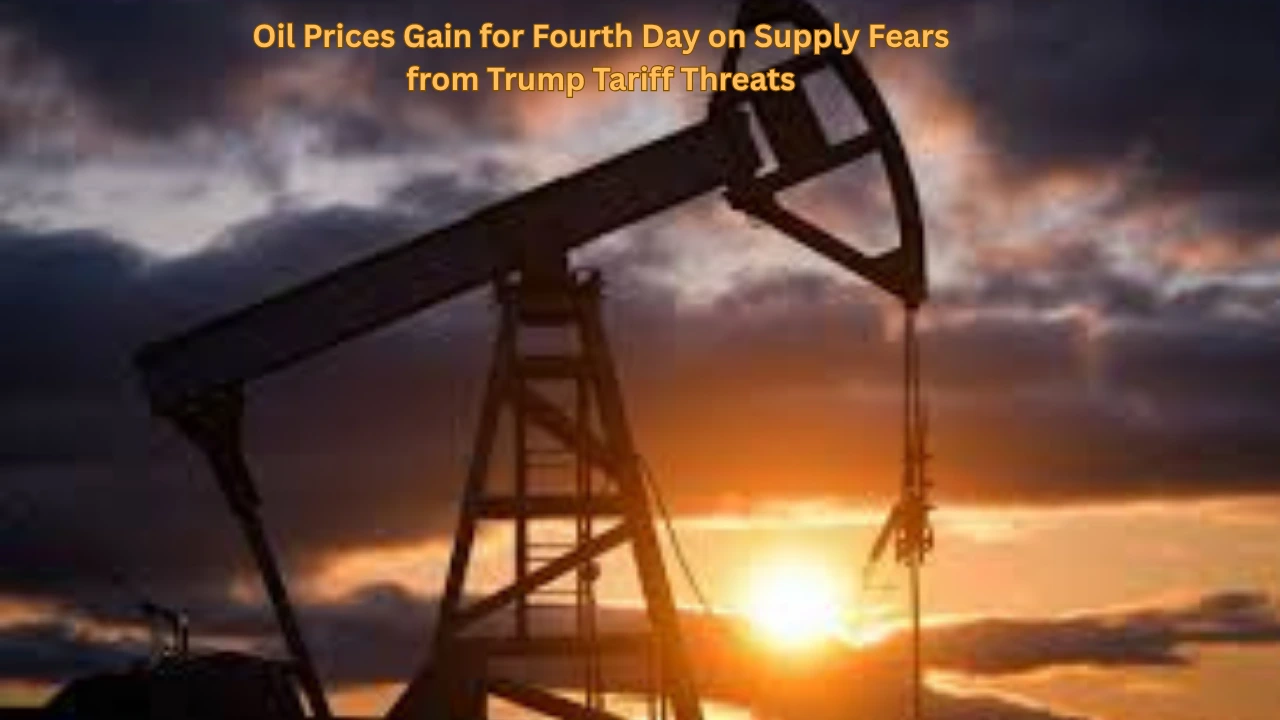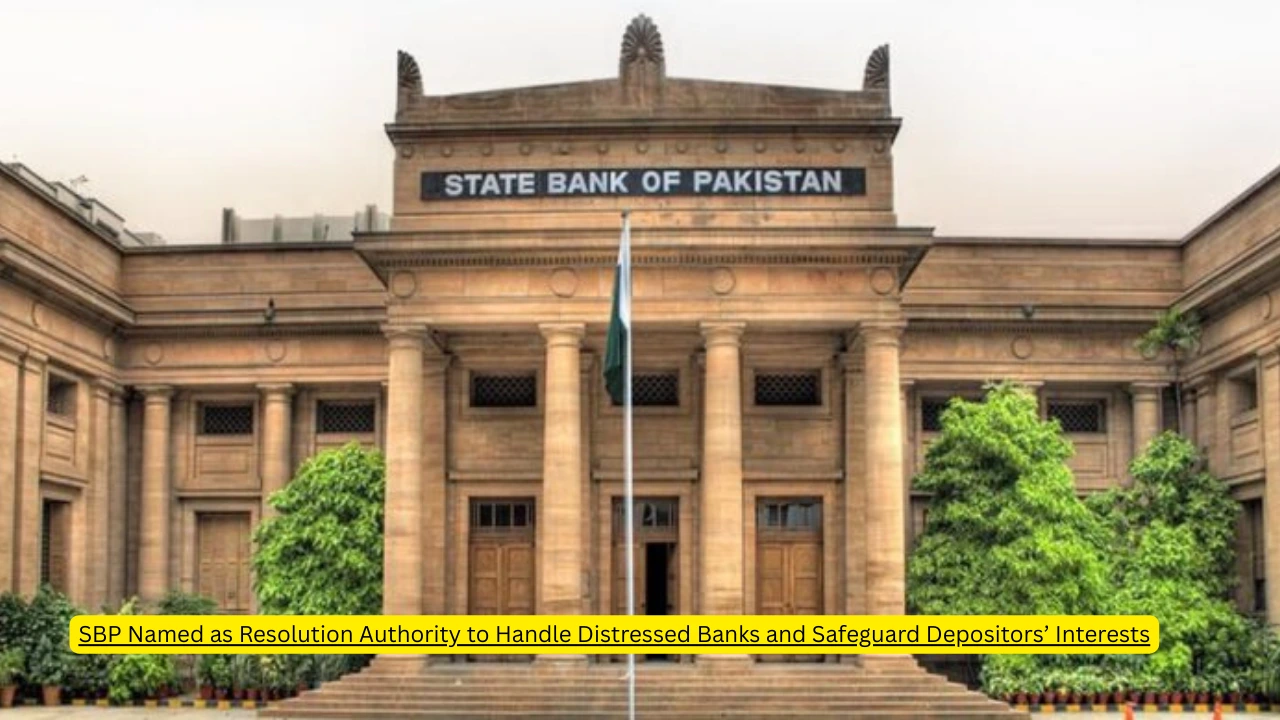Oil Market Holds Firm Amid Tariff Worries
Oil prices rose for the fourth consecutive day, driven by mounting concerns over supply disruptions linked to Trump tariff threats. Markets reacted sharply after U.S. President Donald Trump warned of imposing secondary tariffs—up to 100%—on countries purchasing Russian oil should Moscow fail to make progress toward peace in Ukraine within a tight, 10–12-day deadline.
Geopolitical Pressure Meets Energy Volatility
The looming tariff deadline of August 1 added fuel to an already turbulent oil market. Investors fear that punitive trade actions could curb the import of Russian crude, consequently squeezing supply amidst an already fragile global balance. Trump’s aggressive stance, including threats toward China and India, has heightened geopolitical tension, reinforcing a premium on oil prices .
Trump Tariff Threats
The Trump tariff threats have created ripple effects across multiple sectors, not just energy. Oil, being highly sensitive to geopolitical flux, responded swiftly to the uncertainty. Countries are now thrust into a dilemma—comply with U.S. demands or risk supply disruption and punitive tariffs.
The Bigger Economic Picture
These tariff threats arrive amid broader signs of weakening global demand and elevated inventories. For instance, U.S. crude stocks recently surged unexpectedly, even as gasoline drawdowns signaled strong summer demand .
Analysts warn that while these demand cues are mixed, the overriding sentiment is skewed by geopolitical unpredictability—especially given Trump’s pattern of issuing aggressive trade threats that may or may not be enforced.
Ripple Effects Across Global Trade
India and Brazil are particularly feeling the pressure. Trump imposed a 25% tariff on Indian goods due to its continued Russian oil purchases—sending shockwaves through energy-import-dependent nations. In Brazil, the threat of extra U.S. trade penalties has raised alarm over its diesel and fertilizer supplies, both heavily sourced from Russia.
These developments underscore how energy security, international diplomacy, and trade policy are increasingly intertwined.
Short–Term Gains vs Long–Term Volatility
In the near term, the Trump tariff threats fuel speculation and cause prices to climb as market participants anticipate bottlenecks or retaliatory actions.
In the long term, however, these threats risk destabilizing global trade relationships, triggering inflation, and dampening energy demand—all of which could negate near-term gains. Oil Prices Gain for Fourth Day
What to Watch Next
- Follow-up statements from U.S. officials: Will the tariffs be enforced or waived?
- Supply chain shifts: Countries may pivot away from Russian oil, reshaping global flows.
- Energy market response: Will OPEC+ adjust supply in response to price pressure?
- Macroeconomic indicators: Inflation data and GDP trends may further influence oil demand.
Final Thoughts – A Balancing Act
The Trump tariff threats have once again proven that energy prices are highly susceptible to geopolitical chess moves. While markets gained temporarily on the perception of tighter supply, future trajectories remain murky. The fine line between political leverage and market panic continues to define the oil sector’s precarious outlook. Click here for latest news. Trump Announces Major US-Pakistan Oil Deal



One thought on “Oil Prices Gain for Fourth Day on Supply Fears from Trump Tariff Threats”